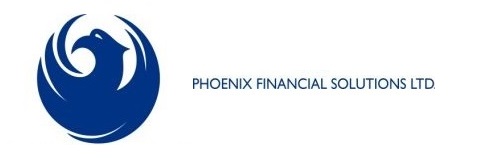Today, there are 1.2 million people working beyond the age of 65, according to recent figures from the Office for National Statistics (ONS).
Whilst some enjoy what they do and are continuing to work out of choice rather than necessity, others feel compelled to keep working because financially they can’t afford to stop.
Research from the ONS also showed that there was a clear difference between the jobs that older men do in retirement and those carried out by women. Men tend to be in managerial and senior roles, including directorships. Women, by contrast, are often to be found in lower-skilled posts working as cleaners, carers or secretaries.
REVISIONS TO THE PENSION AGE
The state retirement age is currently 65 for men and about 64 (and rising) for women, but this is set to change further. In 2020, the retirement age for both men and women will be 66, and by 2028 it will rise to 68.
With life expectancy rising, more people are doing their sums and realising their savings aren’t sufficient to provide for a comfortable retirement.
PENSION SAVING, WHATEVER YOUR AGE
Putting any spare cash into a pension plan makes sense, whatever your age. If your employer offers a workplace scheme, as virtually all now should under the pension auto-enrolment regime, check whether you can make increased contributions. Your employer will be paying into your pension too, meaning your pot will get a boost.
You could also consider taking out a personal pension. The tax relief is well worth having and under current HMRC rules means that if you put in, for example, £800 this would be topped up by tax relief to £1,000; higher rate taxpayers can claim further relief. When you reach 55, you can take 25% of the fund as a tax-free lump sum.
If you haven’t given your pension savings much thought, then this could be a good time to get in touch and get some advice about your finances in retirement.
Tax treatment depends on the individual circumstances of each client and may be subject to change in the future.
The information within the article is for information purposes only and does not constitute individual advice.
